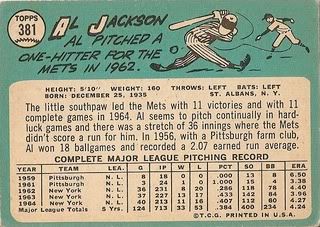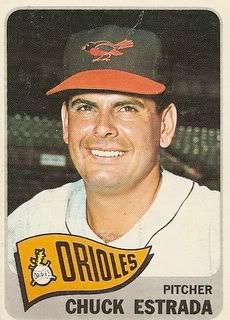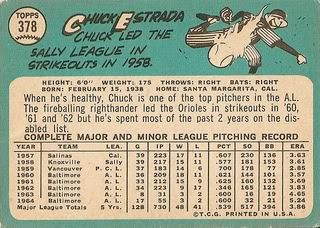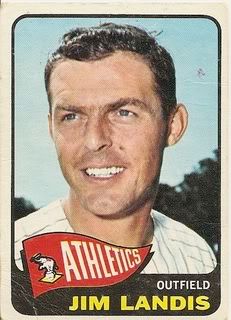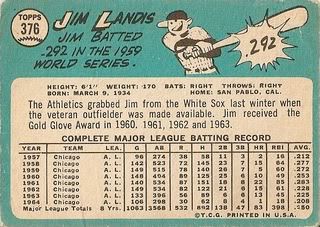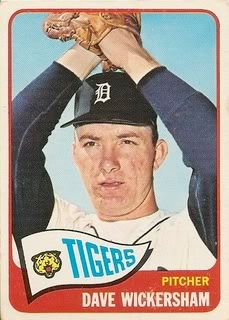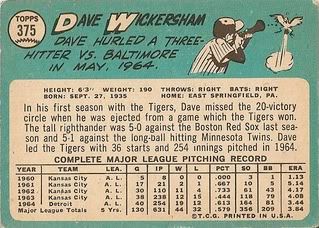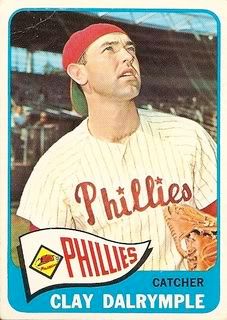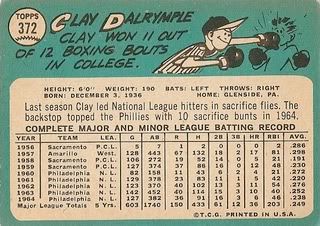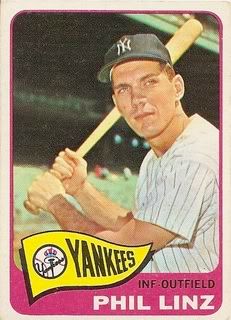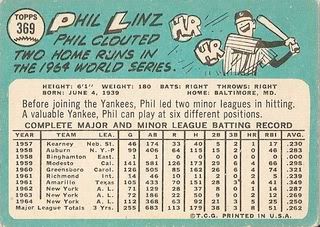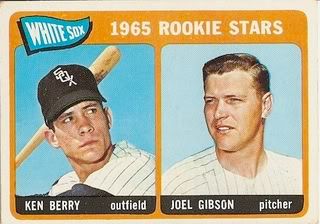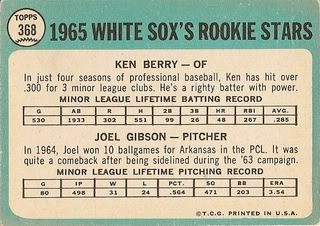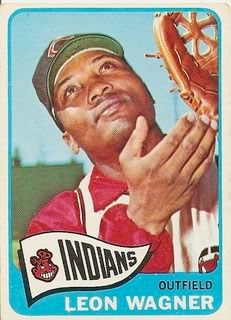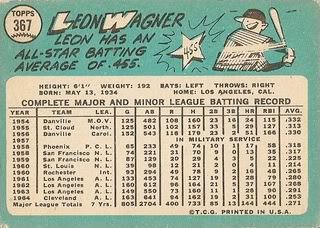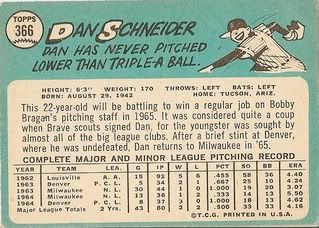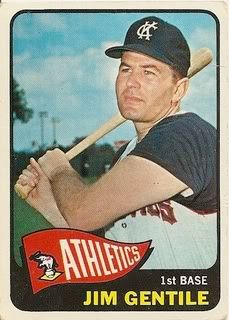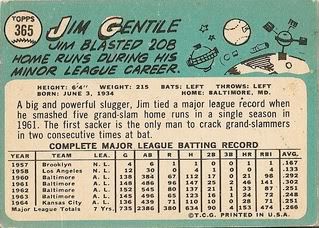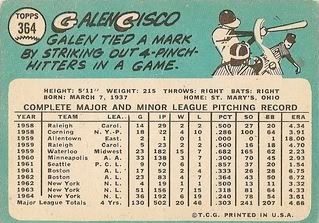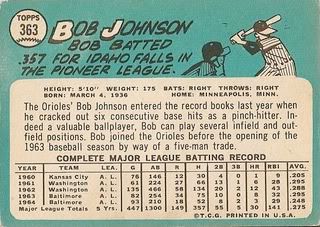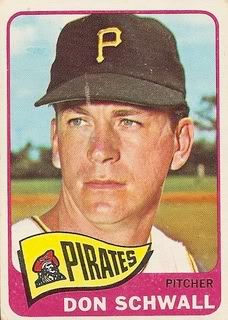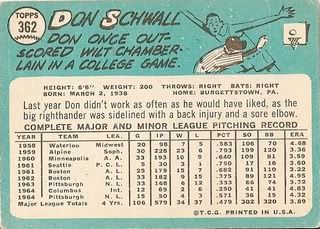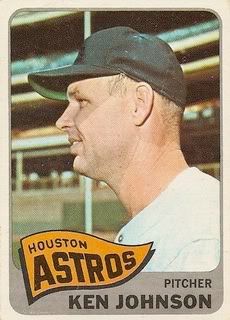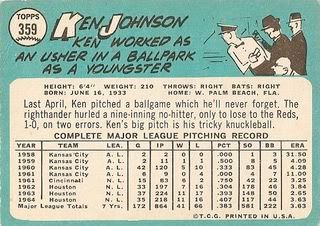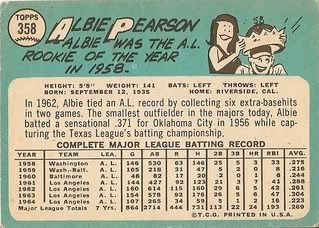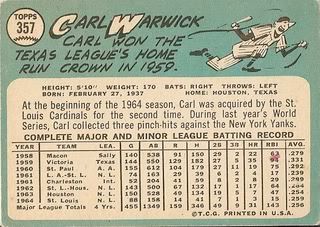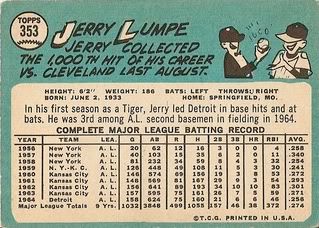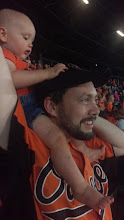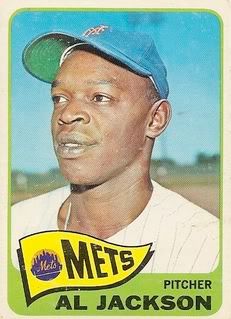
Fun facts about Al Jackson:
-Born in Waco, TX, Al signed with the Pirates in 1955 after attending Wiley College in Marshall, TX.
-He had short stints with Pittsburgh in 1959 and 1961. In the latter year, he beat the Reds 11-6 in a complete game effort on September 30 (hey, that's today's date!) for his first big league win.
-Drafted by the Mets, Jackson had the misfortune of spending the entire 1962 season in the Mets' rotation. His 4.40 ERA was the lowest on the squad, and he had 12 complete games as well as the only four shutouts for the entire staff. His record, however, was 8-20, which at least put him four losses behind teammate Roger Craig for the most in the National League.
-He set a career high with 13 wins in 1963 and lowered his ERA to 3.96, but he was still a Met, and therefore he lost 17 games.
-After an 11-16 mark in 1964, Al nearly duplicated his 1962 stat line in 1965 (8-20, 4.34 ERA). This time, he was a mere third in the N.L. in losses, behind another New York teammate (Jack Fisher, 24), and the Cubs' Larry Jackson (21).
-On the plus side, he owned New York's only two wins over Bob Gibson during the first five years of their existence. Both were 1-0 shutouts: the first came on July 27, 1962 and the other was a five-hit gem on October 2, 1964.
-The Mets showed mercy to their long-suffering starter by swapping him to the Cardinals for Ken Boyer the following year. Jackson was excellent in his new digs, finishing sixth in the league with a 2.51 ERA and tenth with a 1.148 WHIP. Naturally, the Cards scored less than three runs per start for him and he lost at least 15 games for a fifth consecutive season, going 13-15 overall.
-Al finally posted a winning record in 1967, as he was moved to the bullpen and had a 9-4 mark. While the Cardinals won the World Series, he did not see action in the postseason.
-He returned to the Mets the following year and stayed for a little over a season before the Reds purchased his contract. He was lit up in Cincinnati and did not catch on with another team after they released him in the spring of 1970. In parts of 10 seasons he was 67-99 with a 3.98 ERA.
-Al spent time as a pitching coach with the Red Sox (1977-1979), Orioles (1989-1991), and Mets (1999-2000).
